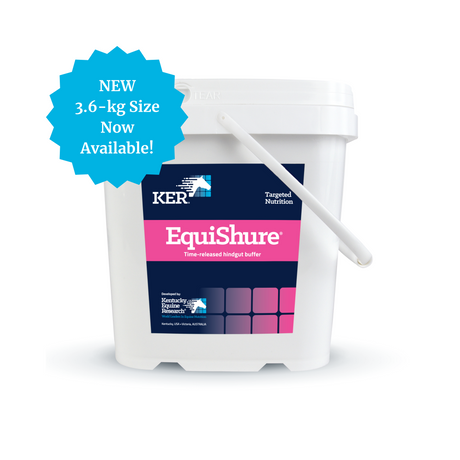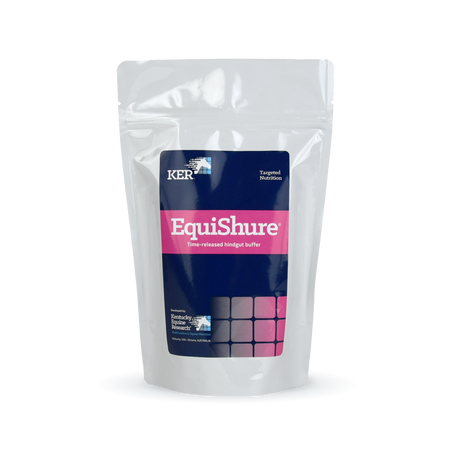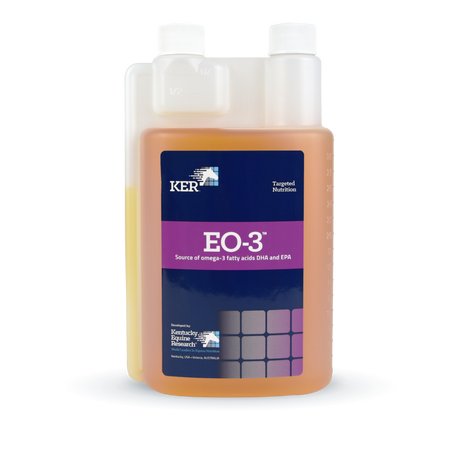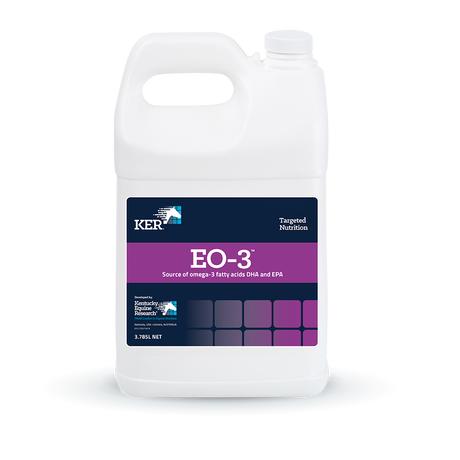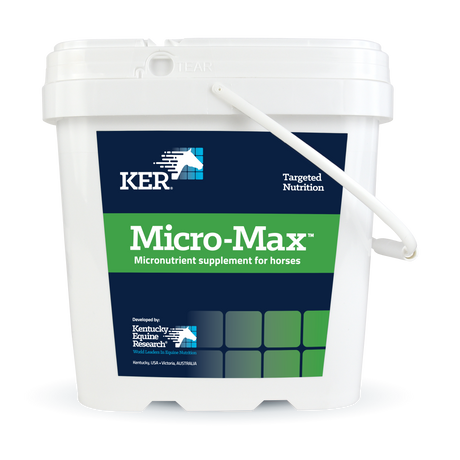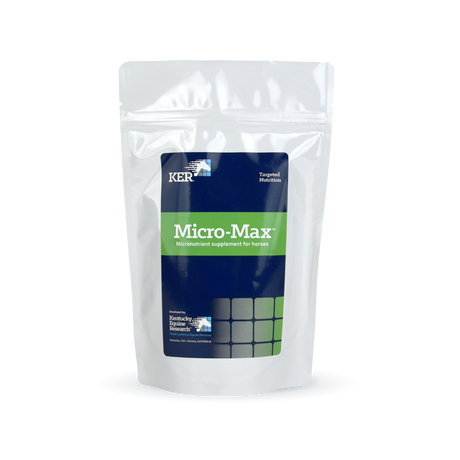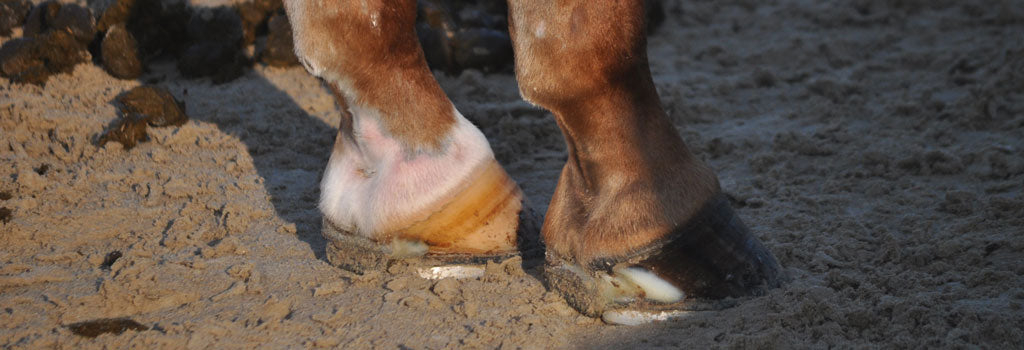
LAMINITIS
LAMINITIS
The stance is unmistakable: forelimbs positioned oddly in front of the chest and hind limbs planted under the abdomen in a desperate attempt to support the heft of the horse. This classical “sawhorse” posture and reluctance to move is undeniably indicative of the insidious syndrome known as laminitis.
The Anatomy of Laminitis
Nestled between the coffin bone and the hoof wall are a series of interlocking tissues called laminae. Sensitive laminae are produced by the corium or outer layer of the coffin bone and mesh steadfastly with insensitive laminae, which line the hoof wall, to create a delicate, accordion-like structure that supports the coffin bone. One of the most critical functions of the laminae, both the sensitive and insensitive, is to anchor the coffin bone against the pull of the deep digital flexor tendon, one of the largest tendons in the forelimb. When this mainstay of support is jeopardized, no matter how slightly, laminitis may result.
How It Happens, In a Nutshell
Laminitis occurs when the cells of the laminae do not receive sufficient nutrients from the blood supply or are damaged.
This sets the stage for inflammation and eventual cell death. Due to a mechanism not well understood by researchers, blood is actually shunted away from the foot, which accounts for the oft-found bounding pulse of laminitic horses. As the laminae become damaged, they weaken and are unable to keep the coffin bone in place, and in severe cases, the tip of the coffin bone shifts toward the sole of the hoof or the coffin bone sinks toward the sole. Complete destruction of laminae can occur within hours of the initiating insult. Once crumbling of foot architecture commences, the horse begins to experience pain that may in time be excruciating and eventually career-ending. Laminitis most often affects both front feet simultaneously. When only one forefoot is affected, it is usually caused by excessive load-bearing due to injury of the opposite leg. Much less frequent is the occurrence of laminitis in the hind feet without involvement of the front feet.
Gorging on starch-rich grains. Standing in black walnut bedding. Grazing unlimited amounts of lush pasture. These factors and several others are well-known causes of laminitis. Two relatively new causes of laminitis that have come to the forefront of recent research are ingestion of fructans and equine metabolic syndrome.
The Fructan Factor
Well-tended pasture can fulfill the nutritional requirements of many horses and is therefore often the foundation of sound feeding programs. Modern equine management often includes use of improved pastures, or those planted with high yield species of grasses that were initially developed to improve production in cattle and sheep. The reality is that many horses do quite well on fair- to moderate-quality pasture, and these highly improved pastures, while attractive to behold, often lead to undesirable weight gain and health complications for some horses. These temperate grasses frequently contain large amounts of water-soluble carbohydrates such as sucrose, fructose, and glucose. In addition, these plants are rich in fructans, which are simple chains of fructose molecules.
Unlike simple sugars, fructans cannot be digested in the small intestine of the horse, as horses lack the necessary enzyme. They can, however, be utilized by certain microbial species in the hindgut, but the rapid fermentation that results occurs at the expense of the entire intestinal ecosystem. Researchers theorize that when large quantities of fructan gain entrance into the hindgut, a rapid change occurs in the microorganism population, including the death of vast numbers of bacteria due to acute hindgut acidosis. As these bacteria die, they release endotoxin, which passes easily though the wall of the intestine and enter the bloodstream. Endotixin triggers an inflammatory response that can result in severe illness and laminitis. This is the same mechanism that triggers laminitis following the overconsumption of grain.
Researchers in
Until more conclusive management techniques are forwarded from researchers, there are ways to keep laminitis-prone horses out of harm's way. These horses should only be allowed to graze pastures with grass species known to produce small quantities of fructan. Regulating time of grazing is another management strategy. By avoiding pasture exposure during the midday hours, horses are unlikely to consume sufficient fructan to cause laminitis.
Equine Metabolic Syndrome
Obesity-associated laminitis is frequently observed in adult horses that do not receive consistent work. Those affected with equine metabolic syndrome (
Once Pituitary Pars Intermedia Dysfunction (PPID) has been ruled out as a possible cause of the laminitis, veterinarians should look to EMS. Studies undertaken by researchers at the
While obesity-associated laminitis is not well understood among researchers and veterinarians, affected horses may go on to lead otherwise healthy lives if treatment is swift and diligent. Recommended treatments center on corrective trimming and shoeing, use of nonsteroidal anti-inflammatory medications for pain, and strict diet. Forced exercise can be imposed once all laminitis-related pain has abated.
Which solution is right for your horse?
Bio-Bloom™ PS Prescription strength hoof and coat conditioner. A dual-action supplement designed to promote and maintain healthy skin, coat, and hoof condition from the inside out. Choose Bio-Bloom PS to support rapid regrowth of healthy hoof tissue.
EO-3™ Omega-3 supplement. EO-3 is a rich source of omega-3 fatty acids DHA and EPA, compounds found to optimize the well-being of all horses, regardless of age or use. Specifically DHA and EPA supplementation has been shown to mediate inflammation as well as improve insulin sensitivity. Choose EO-3 to promote a more natural balance of omega-3 to omega-6 fatty acids in the body and the benefits this balance can confer on systemic inflammatory response, immune function, and insulin sensitivity. Recommended for horses with PPID, metabolic syndrome, and any horse that is insulin resistant.
EquiShure® Time-released hindgut buffer. Developed to combat hindgut acidosis, this innovative, one-of-a-kind delivery system allows for the buffering of the hindgut, the site of fermentation in the horse. Choose EquiShure to reduce the risk of hindgut acidosis escalating to laminitis in horses receiving significant intakes of starch-laden grains as well as those grazing high-fructan pastures, including those at risk for or with a history of laminitis.
Micro-Max™ Ration fortifier. Micro-Max is a low-intake concentrated source of vitamins and minerals for mature horses. Micro-Max is ideal for horses that maintain body weight on diets of forage and small amounts of concentrate. The use of Micro-Max ensures that all vitamin and mineral requirements of mature horses and ponies are satisfied. Because of its low feeding rate, Micro-Max can be fed by itself or mixed with a concentrate.
- Laminitis, Insulin Resistance, Equine Metabolic Syndrome: Fast Facts
- Predicting Laminitis Risk in Horses with Insulin Dysregulation
- Options for Preventing, Treating Equine Laminitis
- Equine Laminitis: New Approach to Treatment
- Link Between Insulin and Laminitis in Horses Probed
- Hindgut Bacteria Play Role in Laminitis, Colic in Horses
- Lush Grass: Good or Bad?
- Pasture and Endocrine-Related Laminitis in Horses
- Five Tips for Avoiding Pasture-Associated Laminitis in Horses
- Understanding Supporting Limb Laminitis in Horses
- Exploring Cryotherapy for Laminitic Horses
- $35.00Unit price /Unavailable

